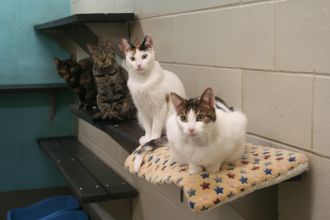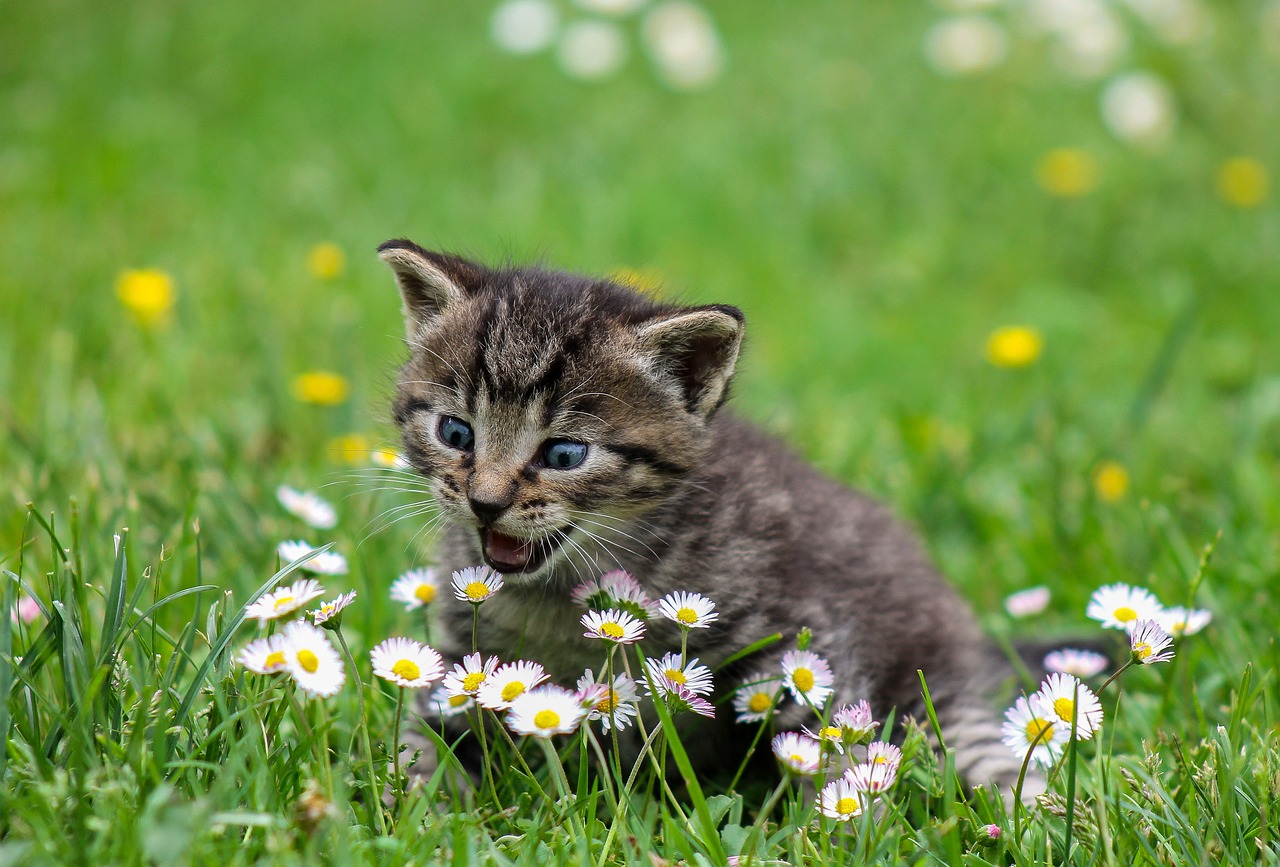Media release
From:
A non-surgical contraceptive for female cats
A single dose contraceptive injection for female domestic cats is presented in Nature Communications. The gene therapy injection approach is found to prevent breeding-induced ovulation and could provide a strategy for population control that is less invasive than the current standard of surgical sterilization.
Eighty percent of the estimated 600 million domestic cats in the world are stray. These cats typically experience poor welfare and are also known to hunt high levels of wildlife. However, euthanasia of healthy cats in overpopulated shelters raises ethical concerns. While surgical sterilization is the current main method of pet cat population control, there is a need for efficient, safe, and cost-effective permanent contraception alternatives.
In a proof-of-concept study involving nine sexually mature female cats, David Pépin, William Swanson and colleagues found that pregnancy was prevented in the six cats that received a gene therapy injection, but was not in the three controls. The injection delivered an anti-Müllerian hormone transgene, which was recently shown to suppress the maturation of the ovarian follicles in mice. No adverse reactions were observed in the cats during health checks for two years after the injection.
Although further testing is needed to confirm its safety and efficiency efficacy, the approach may provide a rapid and easily applied option to induce lifelong contraception for household and free-roaming female domestic cats.
Multimedia




 International
International


